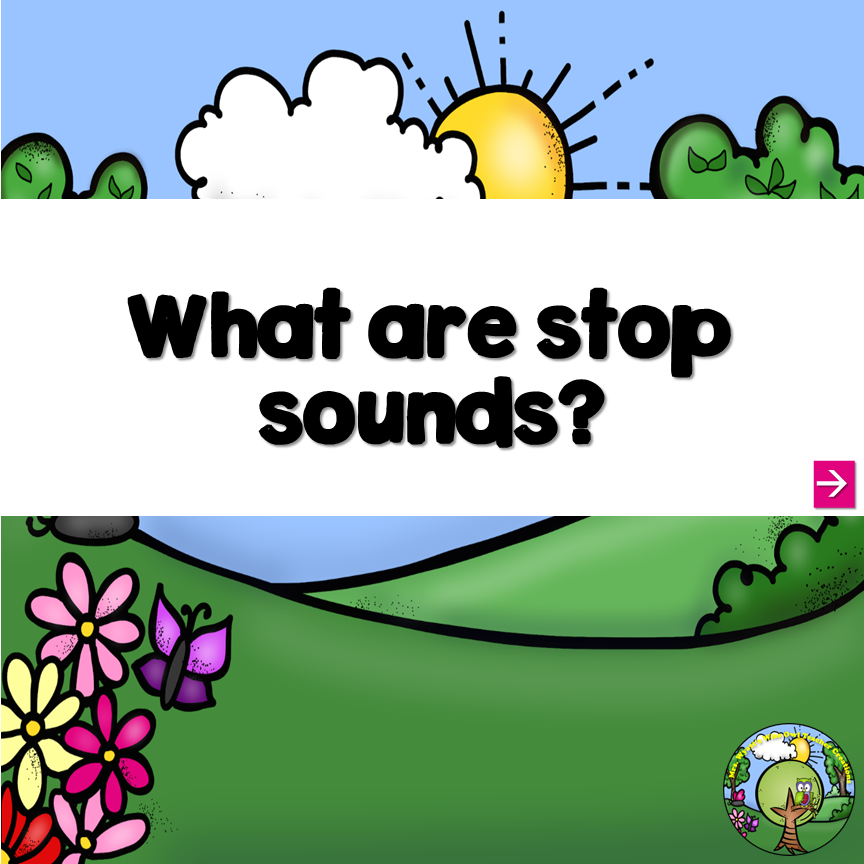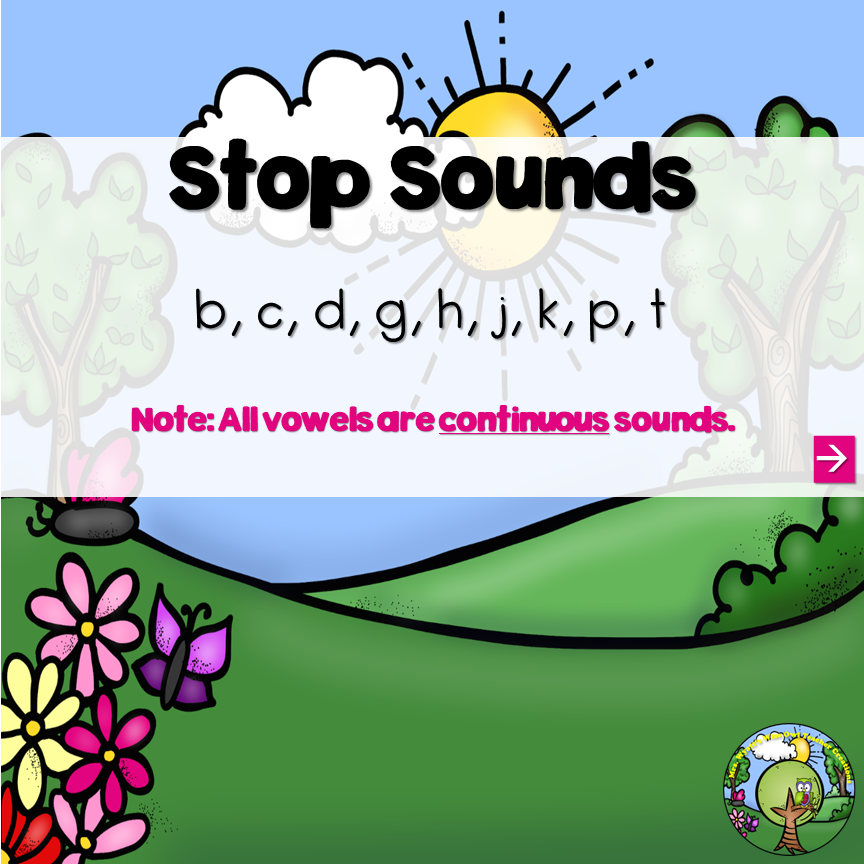What Is Continuous Blending?
Are your students having trouble decoding? Have you tried the continuous blending instructional strategy? Continuous blending or connected phonation is an instructional strategy that aids students that are having difficulty blending sounds when decoding words. How does this work? Well, when blending sounds students say each sound without pausing or stopping between sounds. This process aids students in remembering the sounds in the word as they are decoding or blending. So let's take a closer look at this instructional strategy.
What are Continuous Sounds?
First, let's talk about the two types of sounds: continuous and stop sounds. Continuous sounds are sounds that are made with an uninterrupted flow of air through the mouth or nose. Continuous sounds can be held for about 2 seconds, and blend smoothly to the next sound. All vowels are continuous sounds. This is because vowel sounds are the "glue" that connects all the sounds in a word or syllable together.
Examples of continuous sounds: a, e, f, i, l, m, n, o, r, s, u, u, v, w, y, z
What are Stop Sounds?

Unlike continuous sounds, stop sounds can't be held or stretched out. The airflow in a stop sound can't be continuously held because the airflow comes to a halt and is then released. Examples of stop sounds: b, c, d, g, h, j, k, p, t

Sometimes when students are reading a word they will try to stretch out a stop sound and inadvertently add the schwa /uh/ sound to the end of the phoneme. Adding the schwa /uh/ sound to a phoneme causes problems with reading and spelling because of the extra sound that is added to the word. For example, reading the word bat should be /b/ /a/ /t/. When the schwa is added to the phonemes it sounds more like this /buh/ /a/ /tuh/. Adding this extra sound could cause students to incorrectly read and/or spell the word.
So, why is it important for teachers to know the difference between continuous and stop sounds?

Knowing the difference between a continuous and stop sound will help teachers scaffold their instruction by choosing words that children will have an easier time blend the sounds together.
How to Scaffold Instruction Using Continuous Blending
Three Ways to Scaffolds Continuous Blending Instruction:
read words with only continuous sounds
read words with stop ending sounds
read words with stop sounds in the beginning and ending
Reading Words with Only Continuous Sounds
When children are having difficulty blending sounds to read words, start instruction with continuous sounds.
In the example below, students are blending three sounds in words with only continuous sounds. Note that depending on the student's instructional needs educators may begin with words with two phonemes and move to more phonemes as the student progresses.
Continuous Blending Using the Gradual Release Model:
Modeling:
The teacher will model how to continuous blend the sounds in the target word.
Target Word: fin
The teacher will say each sound and hold it for about two seconds before moving to the next sound. Then say the word.
Example: /f/ /i/ /n/
The teacher will continue to model the strategy as needed.
Guided Practice: Have students read the target word with you.
Target Word: ram
Together say each sound and hold it for about two seconds before moving to the next sound. Then say the word. Example: /r/ /a/ /m /
Continue to model the strategy as needed.
Independent Practice: Have students practice reading words with continuous sounds.
Be sure to join my email list to receive a free copy of words to use with the continuous blending strategy.
Reading Words with Stop Sounds
As student process with their blending skills the teacher can continue to scaffolded instruction or offer support to students as they learn to blend sounds to read words. The next scaffolded instructional step is to read words with stop sounds in the final position of the word. Using the same gradual release model as described above introduce and read words with stop sounds. Explain that when they are saying a stop sound to be sure to "clip" the sound by not adding the schwa /uh/. As students decoding ability progresses introduce reading words with stop sounds in the beginning and end of the word.
Instructional Strategy in Action:
Reading words with continuous--> continuous-- stop sounds
Have you signed up for my email/ newsletter?
Do you want to try continuous blending with your kiddos? This exclusive email list freebie is a great way start. Click on the image below to sign up for my email/newsletter list, and receive this CVC Continuous Blend Card Set Freebie. All the words used in these task cards are using continuous sounds.











Comments